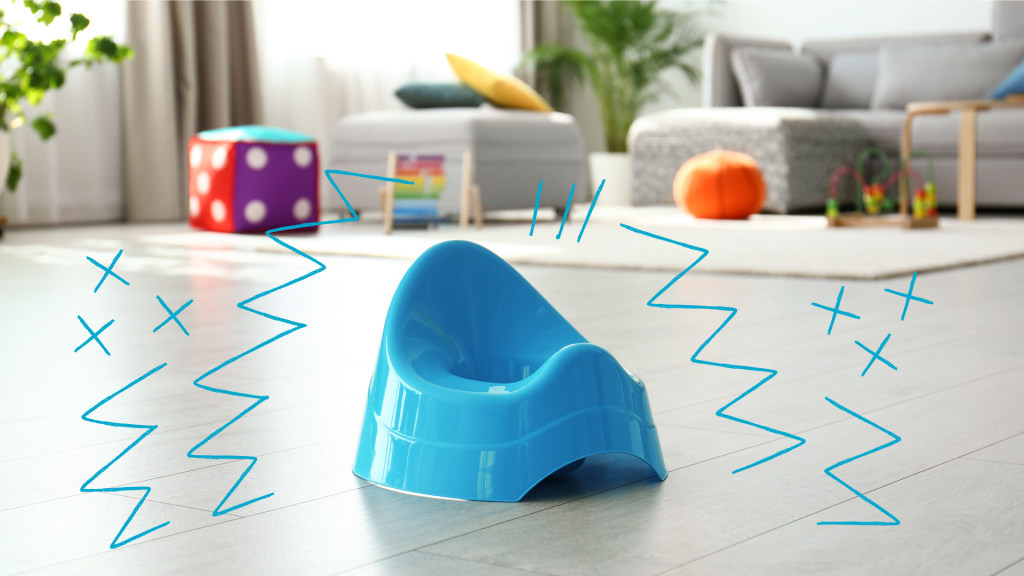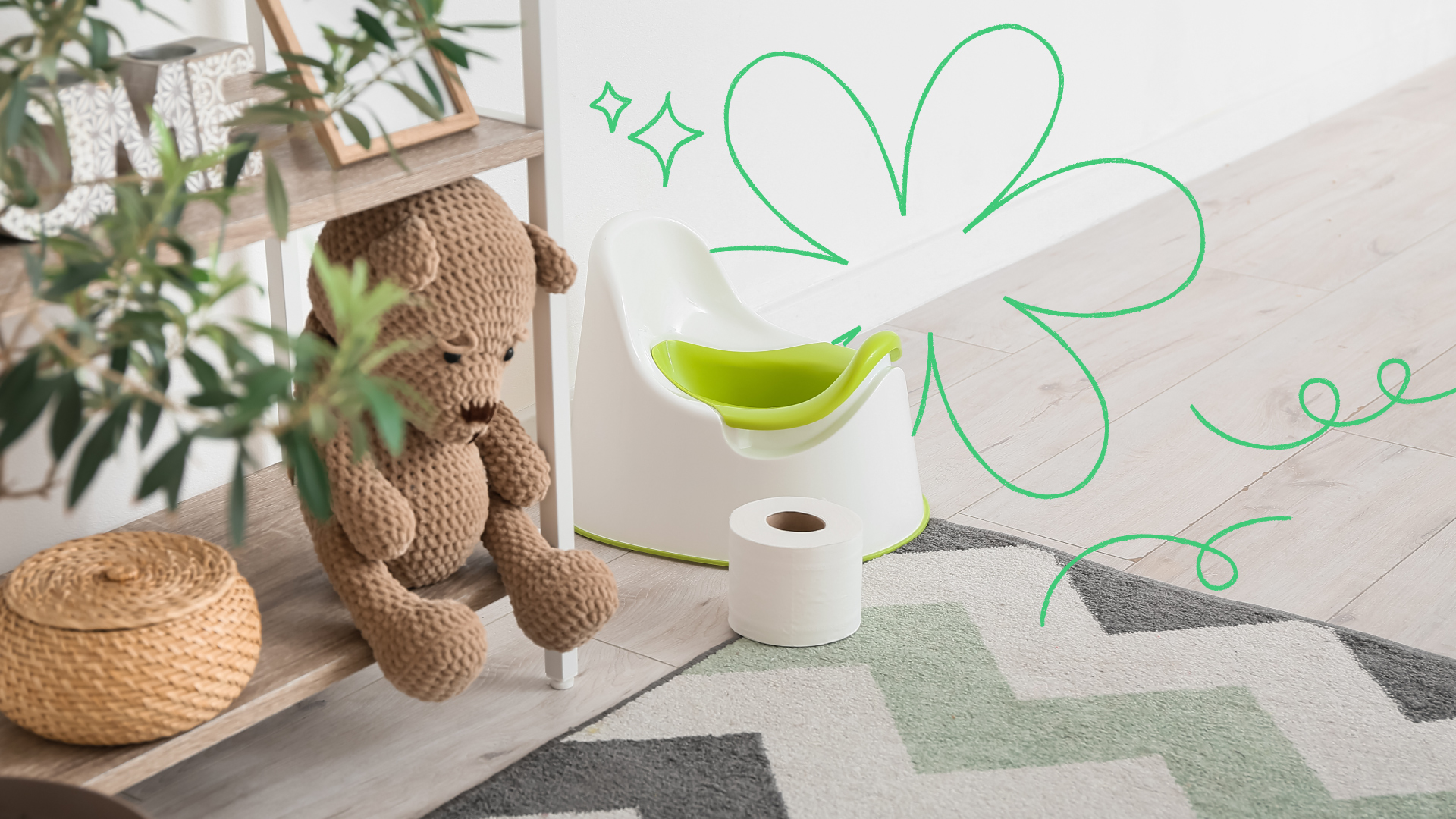
- 2 mins
Potty Training Regression – Helpful Tips for Parents and Caregivers

There are some milestones that parents often remember: first words, first crawl and steps, and, of course, when our children are toilet trained. What a relief when your child can go to the toilet by themselves! But if you and your child are still working on this process, you might want to read up on the different types of potty training to determine what method is best for your child.
This is one of the oldest potty training methods, where the parent signals to the child when they can “go.” The parent needs to anticipate when their child is going to “wee” or “poo,” rush to a potty, and then (ideally) use the same signal. A simple “psssh” can work here. One of the advantages is that it promotes parent-child bonding and communication at a very young age. According to Kiddoo (2012), this method saves money since diapers aren’t needed, spares the environment, and increases comfort. Children are usually potty trained by 18 months.
Some professionals suggest this more simple method, where the child takes the lead. This method is introduced when a child shows signs of readiness or comfort in wanting to go to the toilet. The signs often include a child copying an older sibling or parent in the bathroom by pulling down their diaper. This method is effective, as the child initiates it, but it might only be initiated at a late age, making the wait quite lengthy and expensive.
There are several accelerated programs where parents take a weekend or week off and focus on intense toilet training with their child. The child is usually given a lot of fluid and repeatedly told and shown where they should go. Even though some research supports this method, I feel that it should only be used when toilet training proves to be exceptionally hard for a child.
Following this method, parents slowly and gradually introduce their child to the bathroom as a place where toileting happens and allow the training to develop naturally. They create a fun environment, perhaps having special toys that the child can only play with when they are sitting on their potty or the toilet. Figurine play can be included, too. This is where a doll or action figure shows the child how to “go” to help generalize the concept.
It may be difficult to discern which toilet-training method is best for your child. You could speak to your pediatrician about which method they recommend and then test it out with your child. You will quickly learn if your child is comfortable with the technique and strategies. For all the methods mentioned here, though, I would recommend taking it gradually. Remember to praise your child every time they use the toilet, too.
Good luck! Once your child can go to the toilet independently, you might feel the need to brush aside how much effort it took. Try not to. You and your child deserve a double pat on the back!
Kiddoo, D. A. (2012). Toilet training children: When to start and how to train. Canadian Medical Association Journal = Journal de l’association medicale canadienne, 184(5), 511–512.